Can you lose weight by lifting weights?
We asked the experts; can you lose weight by lifting weights? Here’s what they had to say
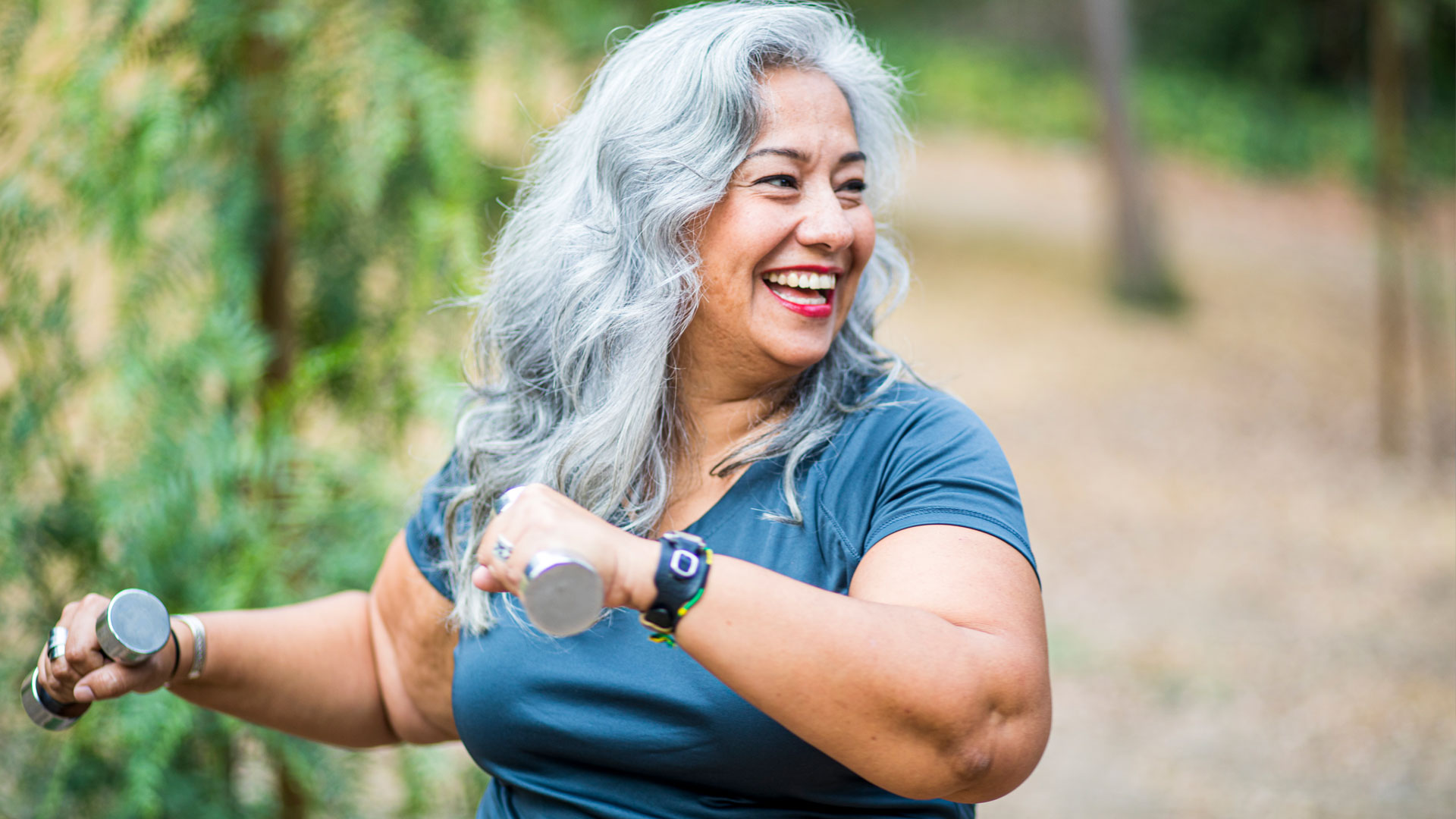

Can you lose weight by lifting weights? And how does weight loss work? According to the UK physical activity guidelines, weight training – which can also be referred to as resistance training or strength training – is something we should be doing at least twice a week. Why? Because along with protecting bone health, improving balance, and boosting energy levels, weightlifting can have a knock-on effect on most aspects of our health.
As an international boxer and personal trainer, Lisa Moore says: “Lifting weights is a staple of any workout. Once you’ve been strength training for a while, because your legs are stronger, you can walk for longer. Because you can walk for longer, you have better cardiovascular. Because your cardiovascular is better, you can go and do that trek that you’d always wanted to do.”
However, can you lose weight by lifting weights? To help answer this question once and for all, we’ve rounded up the research and put the questions to the experts. So, keep scrolling to find this out. If you’re looking for the best exercises for weight loss check out our handy guide.
How does weight loss work?
As stated in a study published in The American Journal of Clinical Nutrition, when it comes to weight loss, you need to balance your ‘reducing energy intake’ and your ‘exercise-induced energy expenditure’. Moore explains: “You have to live in a calorie deficit for weight loss to work. Essentially this means consuming fewer calories than you burn every day, consistently and over a long period.”
Research suggests that a calorie deficit of 500 calories per day is good for weight loss. However, as Moore highlights, to be in a calorie deficit and to lose weight safely and effectively, you must know your maintenance calories. Your maintenance calories are the number of calories your body needs to support your energy expenditure. You can use calorie calculators like the Body Weight Planner from the National Institute of Health to guide you. Calculators like this, estimate your maintenance calories based on several things, including your physical activity level, height, age, sex, and age.
It’s also important to flag that not all calories are created equal. Along with reducing your caloric intake, it’s best to think about your caloric quality. Eating a 500-calorie doughnut filled with refined sugar will have a very different effect on your body than eating a nutritious 500-calorie bowl of cooked oatmeal topped with fruit and nuts.
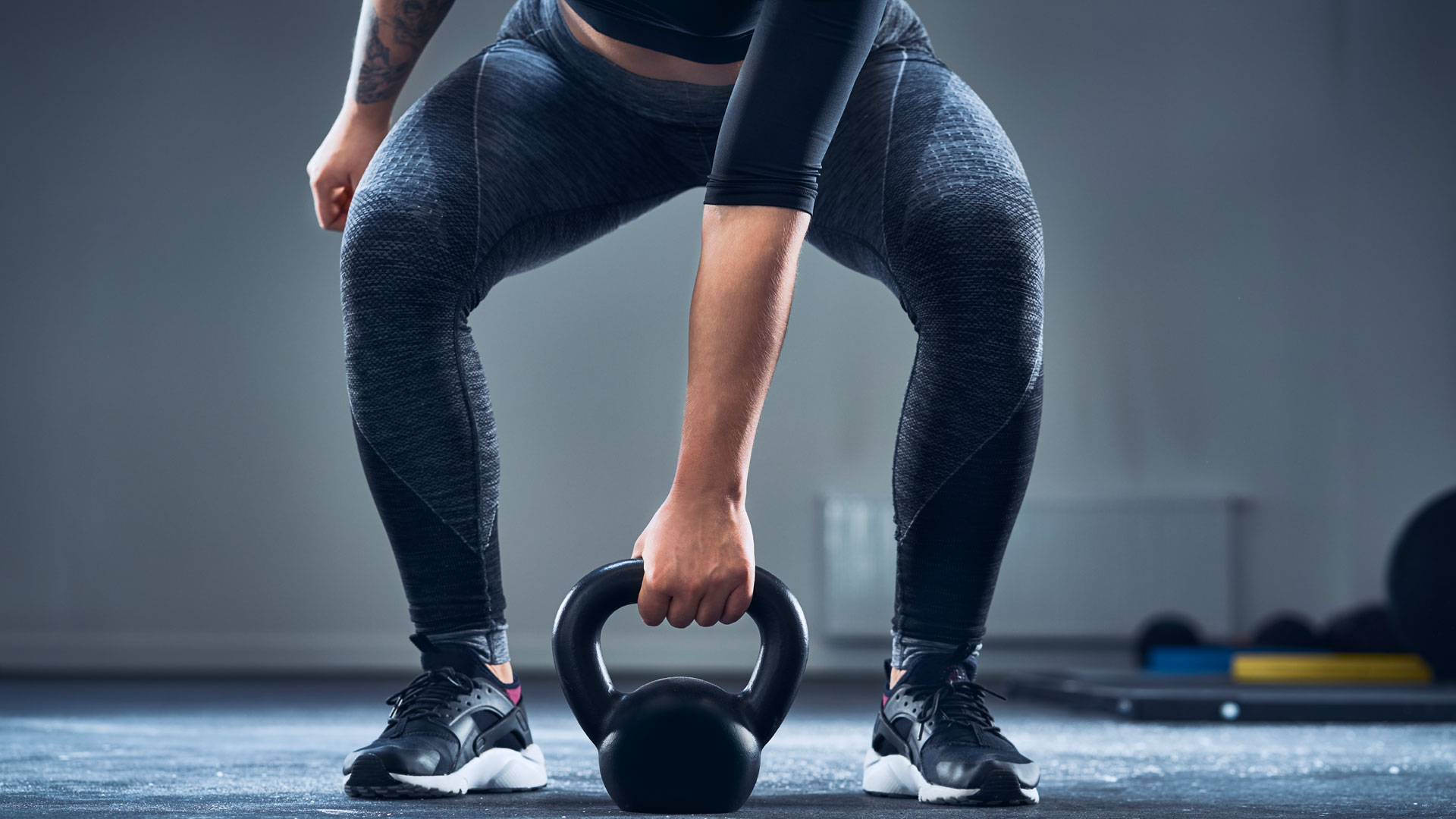
Is it possible to lose weight by lifting weights?
Yes and no – as it depends on how you’re measuring weight loss. Lifting weights can help you decrease your total body fat. But this form of resistance training will increase your total muscle mass. So, if you’re judging your total weight loss by weighing yourself on the scales then no, you might not see a shift in the amount you weigh.
Get the Fit&Well Newsletter
Start your week with achievable workout ideas, health tips and wellbeing advice in your inbox.
However, if you’re judging your total weight loss by the amount of fat you lose – then absolutely, lifting weights can help you shed body fat. Plus, the bigger your muscle mass, the higher your base metabolic rate will be, which will increase the more calories you burn at rest – and during activity.
According to The American Council on Exercise (ACE), this is called exercise post-oxygen consumption (EPOC). This is when your body works overtime after vigorous exercise, consuming oxygen and increasing your metabolism. This burns lots of calories even after you're finished working out. The ACE says: "Excess post-exercise oxygen consumption is a physiological phenomenon that increases the net caloric expenditure after a workout. In simple terms, you continue to burn calories after you’re done exercising."
How does lifting weights affect your body?
There are numerous ways in which lifting weights can affect your body. According to studies, along with increasing your metabolism and decreasing the amount of body fat, resistance training can improve your posture and balance. Other studies also found it can also improve:
- Your bone health
- Sleep quality
- Stress levels
- Your risk of injury
- Your heart health
- Greater mobility and flexibility
- Your mood
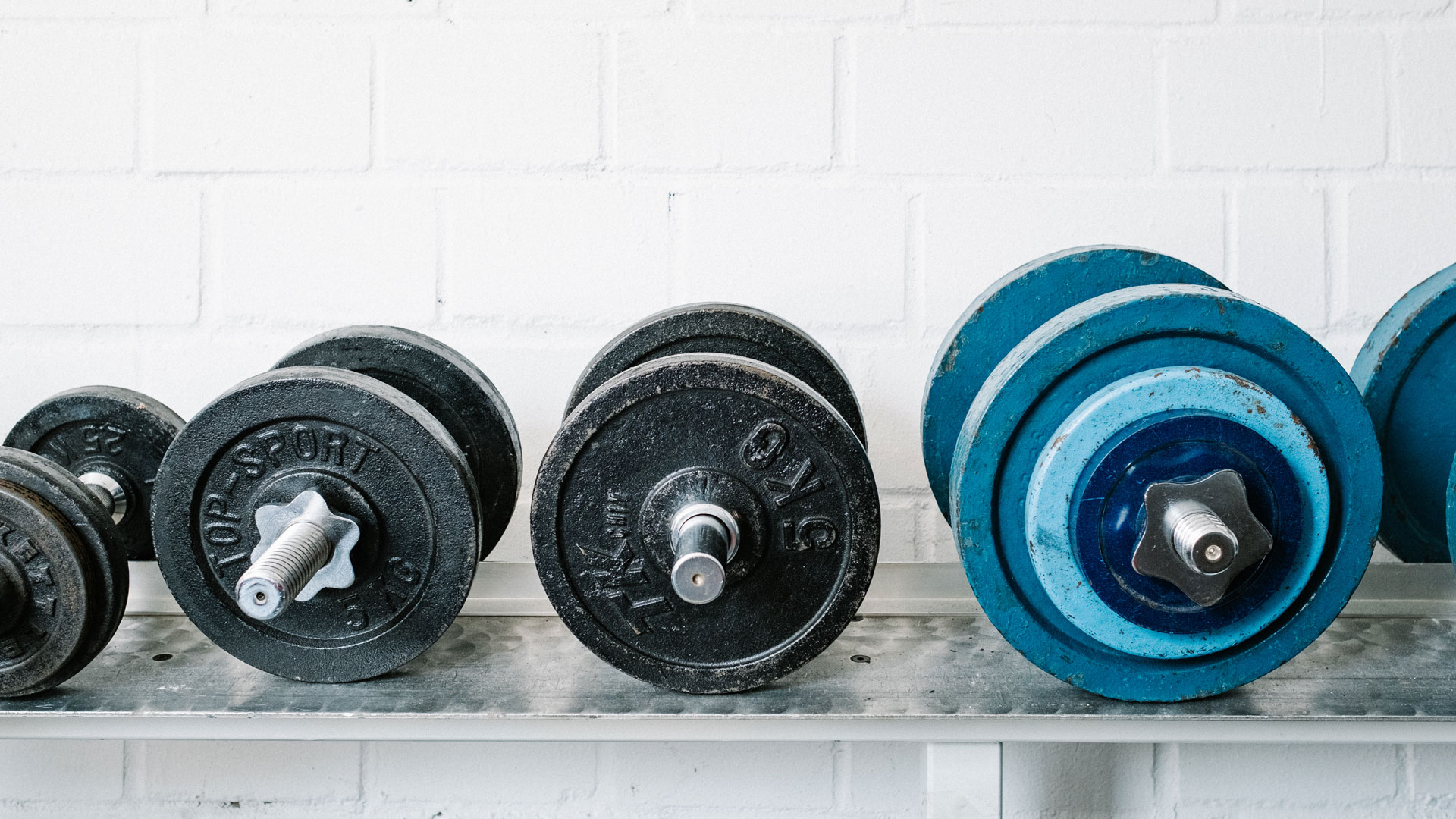
So, what’s the best fat-burning resistance training to do?
According to Moore, you should: “Go for compound exercises because you will use more than one muscle group at the same time. If you’re a total beginner – try these exercises using your body weight.”
If you’re serious about weight loss, we’ve compiled a list of Moore’s favorite compound training exercises to try. Some or all of these moves might be new to you. But once you’ve nailed your form, you might want to start performing each exercise in repetitions. According to science, six to eight reps are best for weight loss.
1. Dumbbell thruster
- Grab one or two of the best dumbbells (depending on your fitness levels)
- Bring it/them up to your shoulder
- Squat with your dumbbells on your shoulder
- Come back up and push the dumbbell up above your head
- As you bring the dumbbells back down, squat and repeat
2. Deadlifts
- Pick up a pair of dumbbells and hold them in front of your sides
- Stand with your knees slightly bent, and your feet placed shoulder-width apart
- Bend at the hips and knees, lowering your torso until it’s almost parallel with the floor
- Allow your arms to hang down in front of your knees and shins
- Keep your back in a neutral position. Lower yourself into position slowly, in a controlled manner
- From this position, stand up straight without changing the shape of your back
3. Goblet squats
- Stand holding a light kettlebell close to your chest
- Squat down until your hamstrings are on your calves
- Pause, then return to standing
- Be sure to keep your head and chest up and your back straight
Becks is a freelance journalist and writer with more than 7 years of experience in the field. She writes health and lifestyle content for a range of titles including Live Science, Top Ten Reviews, Tom’s Guide, Stylist, The Independent, and more. She also ghostwrites for a number of Physiotherapists and Osteopaths.
Health has been a big part of Becks’ lifestyle since time began. When she’s not writing about the topic of health, she’s in the gym learning new compound exercises. And when she’s not in the gym, she’s most probably reading.
-
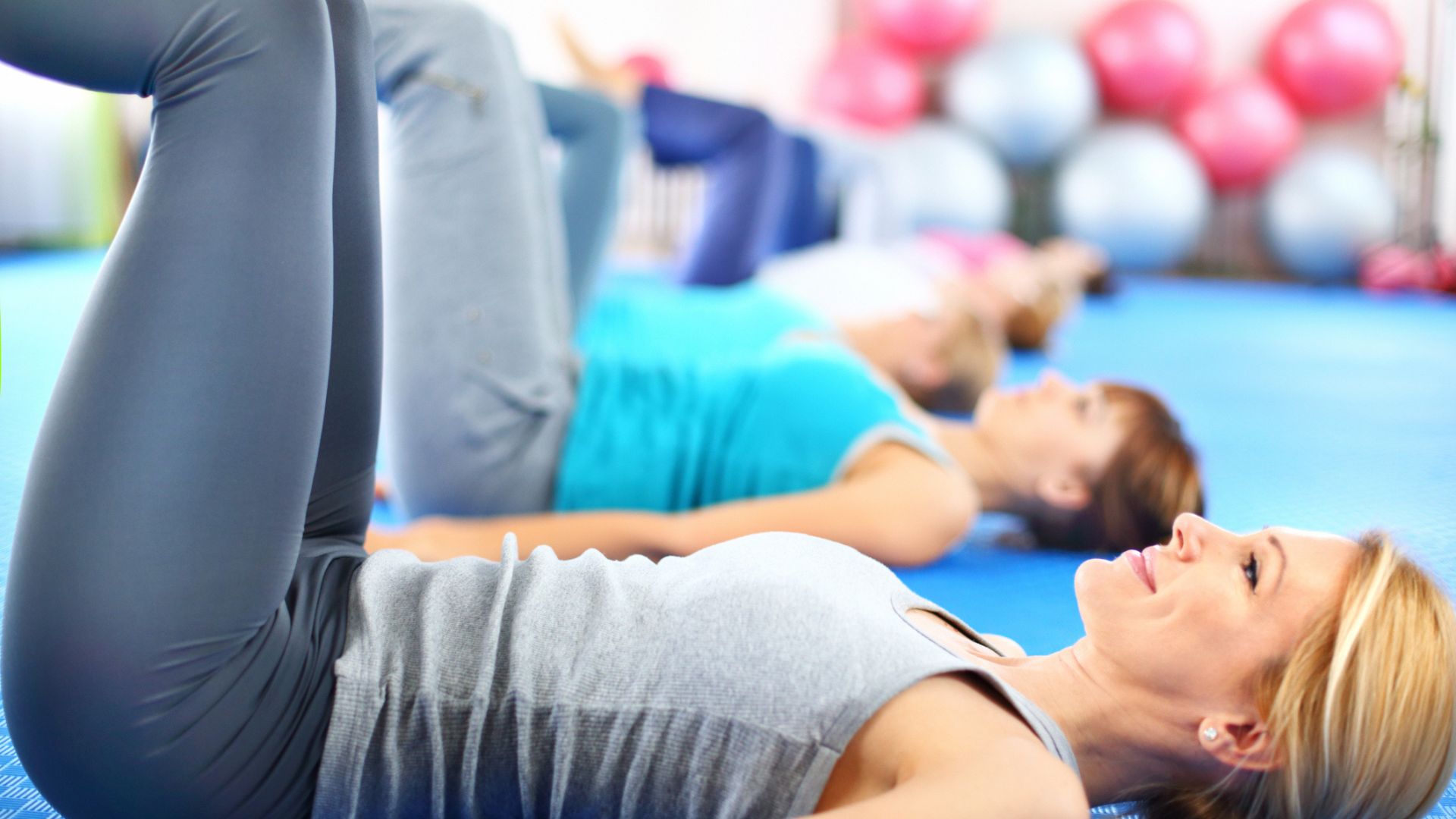 A Pilates instructor says this is the beginner-friendly core exercise everyone should try
A Pilates instructor says this is the beginner-friendly core exercise everyone should tryForget crunches, this is the perfect foundation move
By Alice Porter Published
-
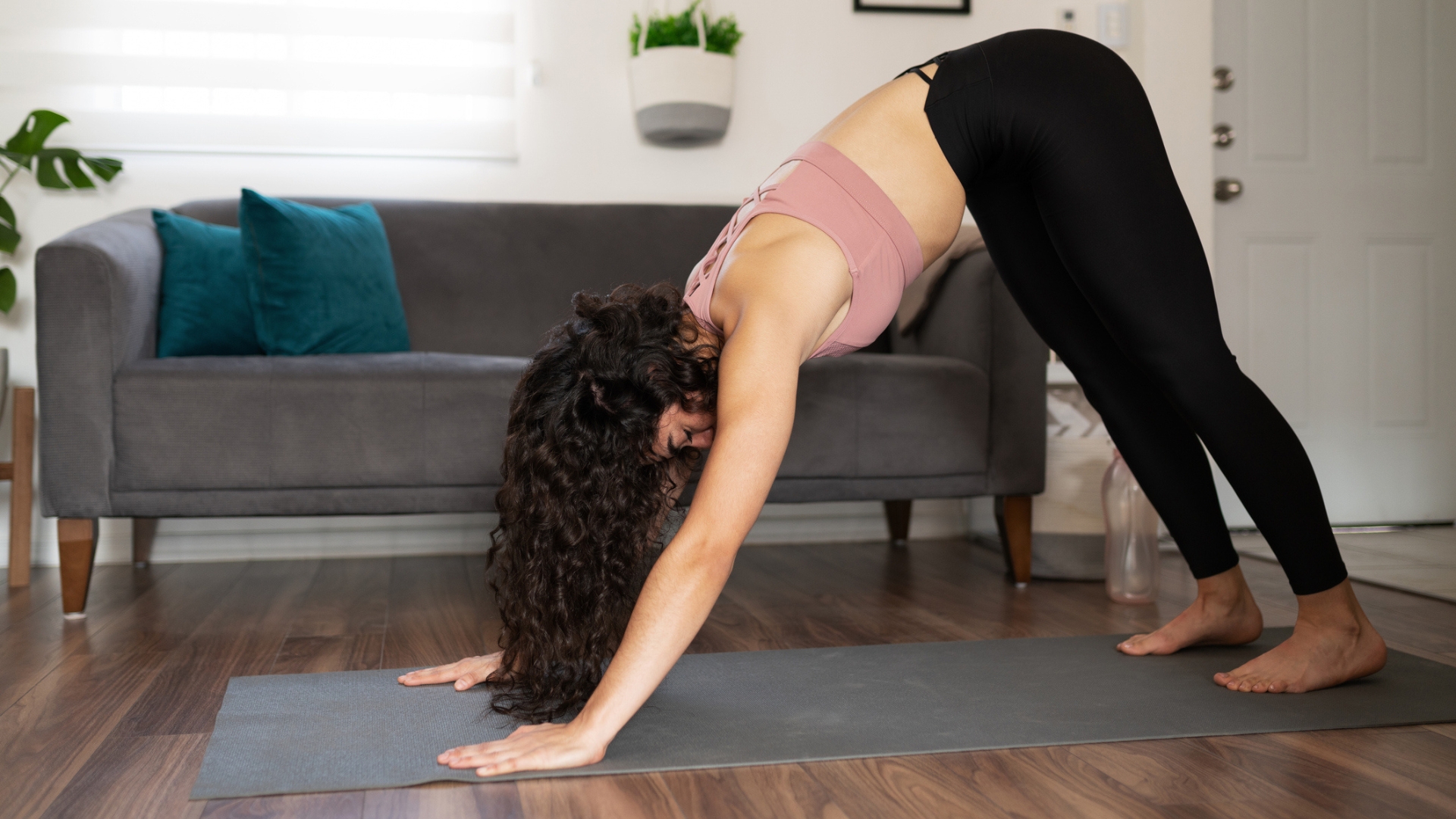 Prevent poor posture and release tension from sitting down with these four simple stretches from a yoga instructor
Prevent poor posture and release tension from sitting down with these four simple stretches from a yoga instructorThe daily poses he swears by, no matter what
By Alice Porter Published